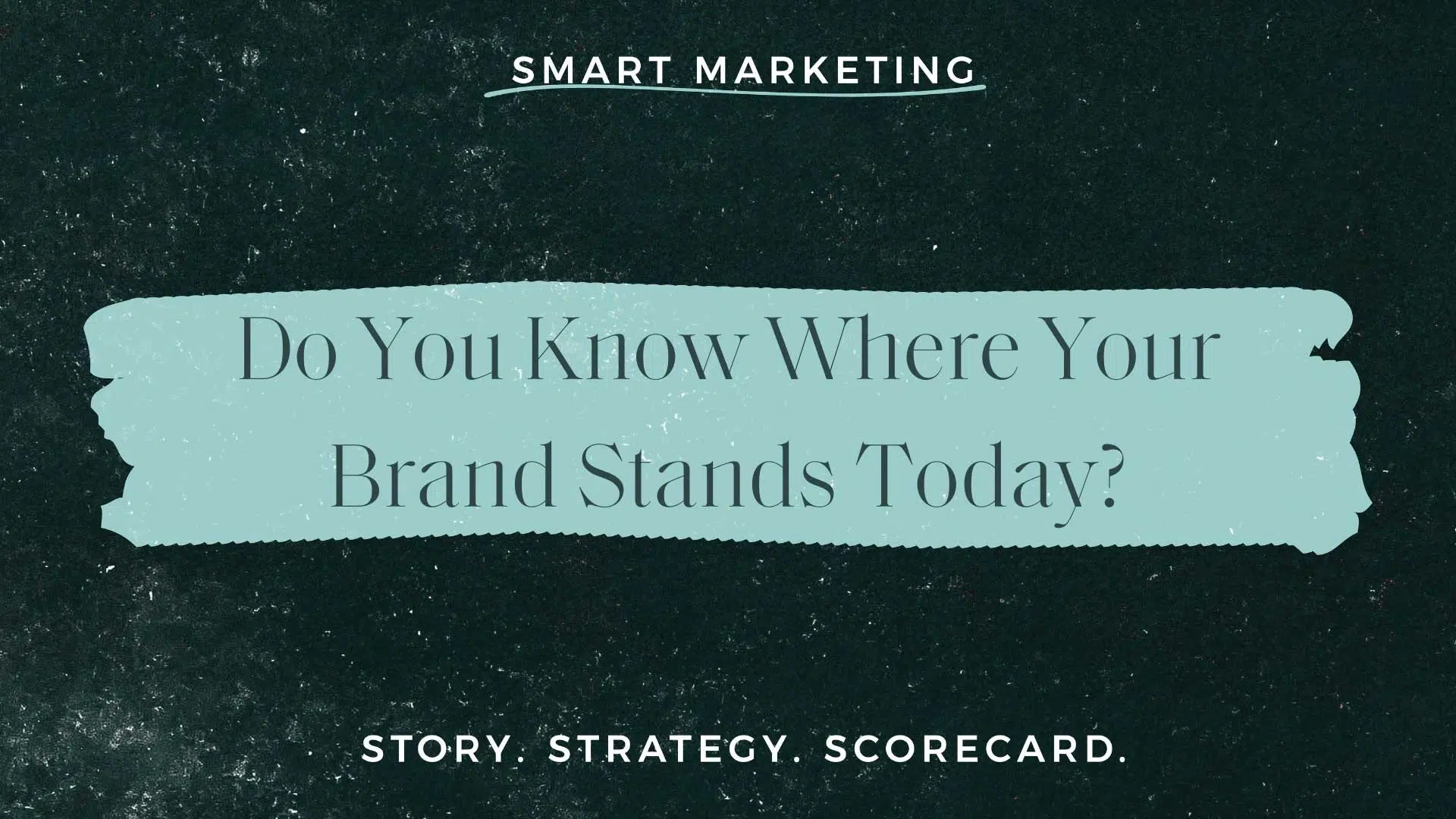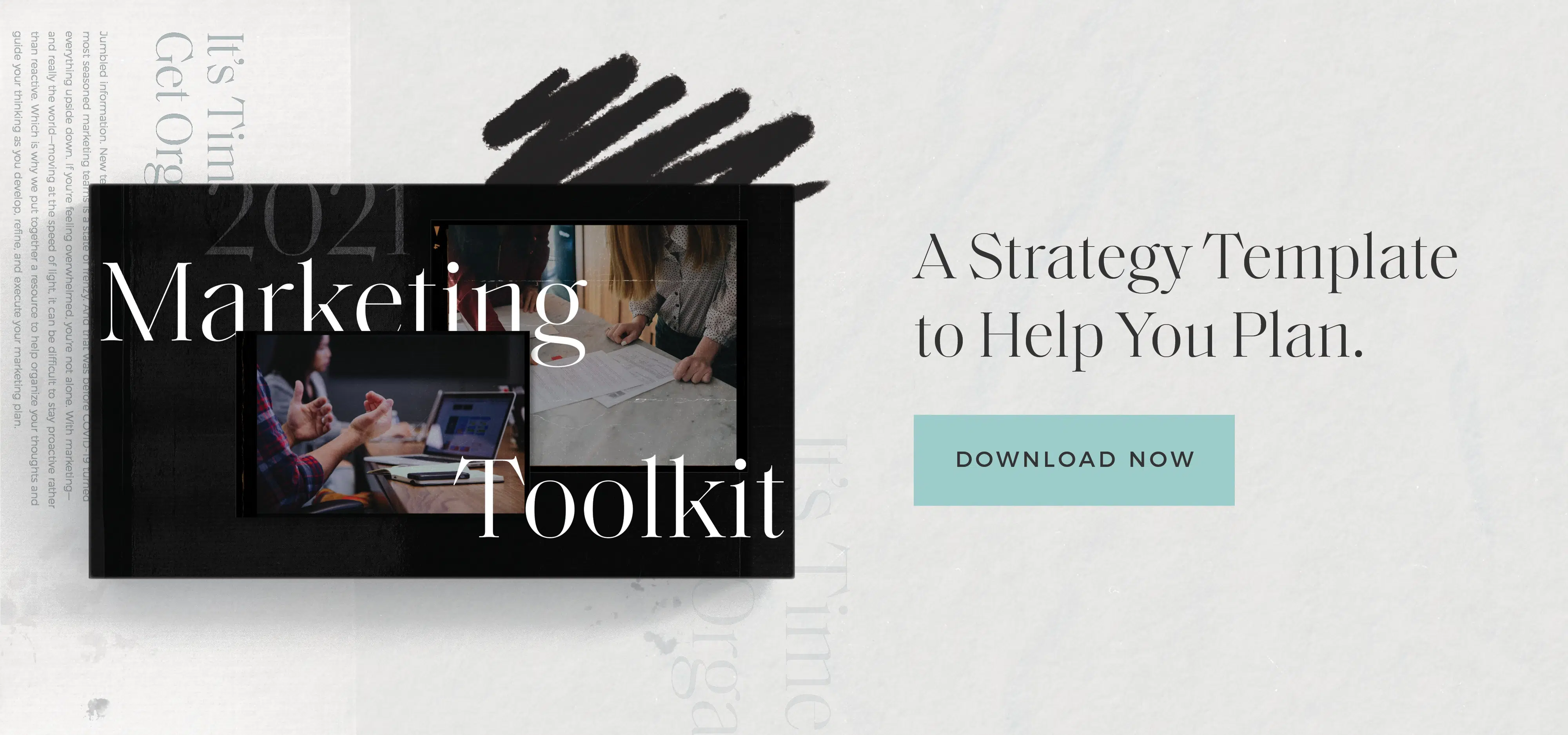A marketing professional is constantly balancing a host of requests and responsibilities. Marketing your company’s services and products. Managing its social media accounts. Managing requests from your sales team for collateral, case studies, and reviews. You have a lot on your plate. Somewhere in there, it is likely you’ve allowed your marketing assets to drift off course from your brand identity a time or two.
No one can blame you—you’ve got a full schedule and sometimes you can’t take the extra time to revisit your brand guidelines to ensure the tone and visual representation of your latest production is perfect. At some point, however, too much of that flexibility with your brand leads to brand confusion and a weakened position in the market. This is where a brand inventory can be your best friend.
What goes into a brand inventory?
A brand inventory is simply gathering everything that has been created in support of marketing your business’s products or services. Obviously, it’s easy to recognize just how long that list can be and how big a task it is. But it’s not impossible. Here’s some of what you’ll need to look at to get you started:
- Creative assets including fonts, colors, logos, and more
- Your website
- Landing pages and creative assets for campaigns
- Email templates
- Internal and external swag
- Business cards
- Email signatures
- Sales presentations
- Trade show brochures and collateral
- Product demo videos
Depending on your industry and the size of your business, there might be a lot more that you’re going to need to dig into, or there might be a lot less. Either way, your brand inventory needs to account for everything your brand touches in any way. Once you have this list, you can move onto a brand audit.
What is the purpose of a brand audit?
The brand audit is an evaluation of all of the assets collected during your brand inventory. Does the swag you’ve made for employees fit with your brand values, tone, and visual identity? Is your sales team using consistent messaging and creative elements in their presentation materials? At events, do your demo videos showcase your brand correctly?
The brand audit is an entire discussion in and of itself, but the whole purpose of the exercise is to give you clarity around your brand’s consistency and to determine if you’re correctly telling your story through your marketing strategy.
What comes next after the brand inventory and audit?
Taking the time to gather all of your branded materials, and then to comb through them to determine brand consistency and strength, is not a small ask. You’ll likely spend weeks—if you’re an established business, more like months—doing this work. It would be a shame if you did all the grunt work and never made a difference by acting on those findings.
When you finish your brand audit, you should have a clear understanding of the state of your brand. Is your message consistent? Is it identifiable? If you’re having a hard time seeing a cohesive message across your various marketing efforts, there is a very strong chance your customers are not understanding your message and positioning. On the flip side, you may find you’ve actually done a wonderful job of keeping your marketing on brand, which should make you feel very confident coming out of your inventory and audit.
In the event that you find your brand lacking strength after doing the brand inventory and brand audit, this is the perfect opportunity to engage in a formal brand project. You’ve already taken significant steps toward kicking this off successfully by completing a complete inventory of your brand, while also understanding where it potentially falls short of your true message. If you’re working with a marketing partner on that work, you will be a dream client. If you’re going to be doing that work internally, your team now has a leg up and can get right into researching your customers and determining what the brand should be saying to the marketplace in order to truly differentiate from your competitors.
Your brand is the backbone of your business, and it deserves love and attention.
Failing to take the time to do occasionally a brand inventory and audit your brand’s strength will lead to declining brand value. This doesn’t just affect your marketing efforts—it leads to legitimate business obstacles. As Forbes reports, brand contributes an average of 19.5% of your company’s value, and it can be as high as 50% for seriously strong brands. Your brand is important. Don’t neglect it.





